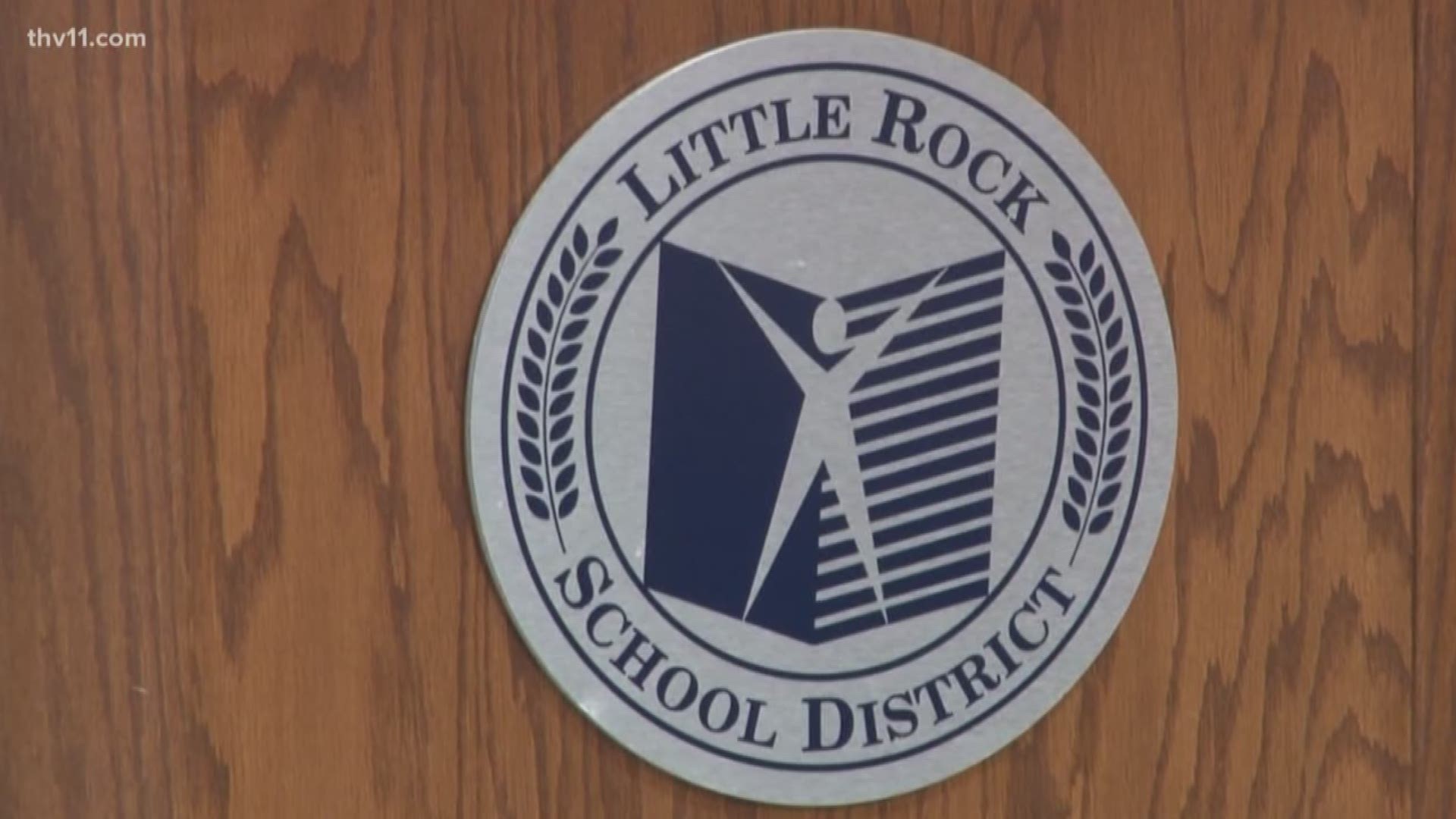LITTLE ROCK, Ark. — Mike Thomas taught at Pulaski Heights and Forest Heights for 29 years and Bruce Miles taught at the Metropolitan Career-Technical Center for 21 years.
Both agree the biggest change in the district's history revealed that the underlying problems went far beyond schools themselves.
"Little Rock, at that time in 1972-1973, was trying to integrate the schools successfully and that meant changing school's grades, trying busing and all sorts of other things," said Mike Thomas, former LRSD teacher.
With a history in the Little Rock School District for almost 30 years, he saw the district falling apart decades ago.
"Because of the Little Rock housing patterns being so segregated, the only way you could realistically bring black/white students together was to bus them from different neighborhoods into different schools," said Thomas. "And when that started, you had people who had the where-with-all said 'no, I'm not having my child all the way across Little Rock to school.'"
White Flight drained critical resources away from public schools.
"Naturally, they are wanting to have the best for their children in private schools, charter, parochial, and unfortunately that left the parents with either many that didn't have the where-with-all," said Thomas.
While the district made-do with less and less, watchful eyes demanded more and more as the goalposts were moved, over and over again.
"They created the AP program at Central and it's an excellent program. They have 300 to 400 AP students going to Harvard and Yale and maxing out the SAT's and what not," said Thomas. "The problem is Central has 2,000 students. What about the other 15 to 1600?"
"Plus, new things that came in like 'No Child Left Behind' and there was some kind of fancy math thing early before that," said Bruce Miles, former LRSD teacher. "So, every year we had to change up lesson plans to accommodate whatever new technique or direction the new administration wanted."
However, the former teachers feel they have solutions to the current problems. First, they say teachers should have more input in the education decisions.
"You know, we should be having a bigger voice in what's going on in the schools and how they are run. But generally, we are the last ones, you know, talked to or asked about," said Thomas.
"Policy makers have rarely been in a classroom, and if they have, they have been in an AP or gifted and talented classroom, and they don't really know how the rest of us had to deal with it," adds Miles.
Thomas and Miles disagreed on who should be in charge of the district.
"Having the district come back to a locally-elected school board could work. But you are going to have to have good people that know what they are doing," said Thomas.
"Local control did not work," Miles said. "State control has not worked that well, so it's time to go to something maybe really radical, maybe something on the cutting edge, because what do they have to lose?"
Both agreed that parents and students need to be more involved and engaged.
"The school district, the administration need to demand, not just expect, but demand more from the students and the parents," said Miles.
"Having you know parents and teachers and students who are willing to commit themselves to a district that will serve everybody," said Thomas.
Miles and Thomas also agree that while the union was beneficial for bargaining rights, they say it did have a downside by keeping unfit teachers working in the district.

